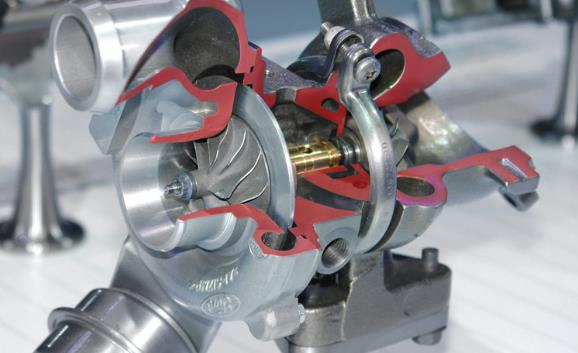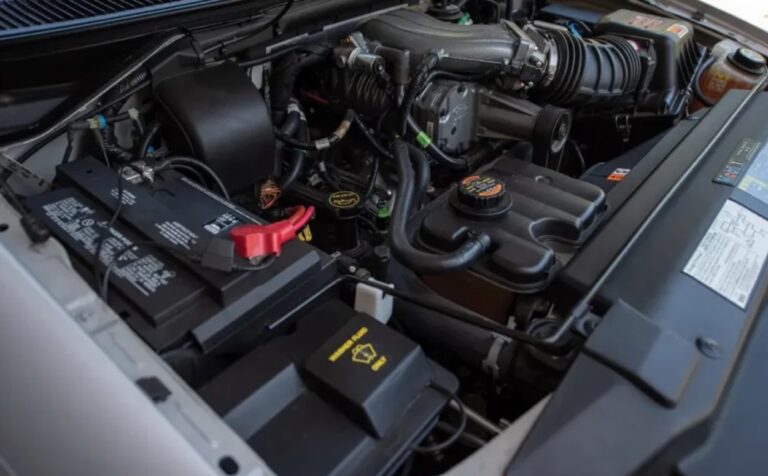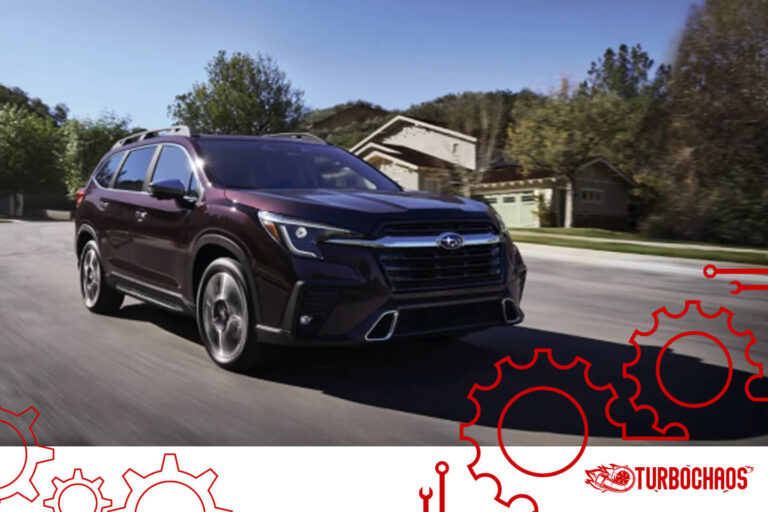Can You Do A Regen With Check Engine Light? Answered
Are you looking for Can You Do A Regen With Check Engine Light? This question perplexes many vehicle owners, especially those with diesel engines. Regeneration, or regen, refers to a process essential for maintaining the health of a diesel particulate filter (DPF).
But when the check engine light is on, it signals a potential issue within the vehicle’s system. Understanding the interplay between these elements is crucial for optimal vehicle maintenance and longevity.
Key Takeaways
- Regeneration Process: Understanding what it involves and its importance.
- Check Engine Light: Deciphering its meaning and implications.
- Safety and Efficiency: The risks and benefits of performing regen under check engine light.
- Maintenance Tips: Best practices for diesel engine care.
Can You Do A Regen With Check Engine Light?
Yes, in some cases, you can perform a regen even when the check engine light is on. However, it largely depends on the cause of the check engine light. If the issue is directly related to the DPF or exhaust system, regen might resolve it. Conversely, if the light indicates unrelated engine issues, regen should be avoided until the underlying problem is addressed.

Understanding the Regeneration Process
Regeneration is a critical process in diesel engines, designed to clean the diesel particulate filter. It involves burning off accumulated soot at high temperatures, a task typically automated in modern diesel vehicles. However, manual regen may be necessary when automatic processes are hindered.
The Role of Diesel Particulate Filter
The diesel particulate filter captures and stores soot to reduce emissions. However, it needs periodic cleaning to function effectively, achieved through the regeneration process.
Interpreting the Check Engine Light
The check engine light can signify various issues, from minor sensor faults to severe engine problems. Diagnostic tools can pinpoint the exact cause, which should guide your decision on whether to proceed with regen.
Causes of Check Engine Light in Diesel Engines
Common reasons include DPF blockage, faulty sensors, engine malfunctions, or emission control system issues. Addressing these promptly ensures vehicle health and compliance with emission standards.
Safety and Efficiency Considerations
Performing regen with the check engine light on can be risky. If the light indicates a serious engine problem, regen could exacerbate the issue, leading to costly repairs or even safety hazards.

Risks of Ignoring the Check Engine Light
Ignoring the check engine light can lead to reduced engine performance, increased emissions, and potential engine damage. Always prioritize diagnosing and fixing the root cause before attempting regen.
Benefits of Timely Regen
Regular and timely regen maintains DPF efficiency, reduces emissions, and prolongs engine life. It’s an essential part of diesel engine maintenance, especially for vehicles frequently operating in urban or low-speed environments.
Best Practices for Diesel Engine Maintenance
Regular maintenance is key to avoiding issues that can trigger the check engine light. This includes routine inspections, timely oil changes, and ensuring proper DPF functionality.
Importance of Regular Diagnostics
Regular diagnostics help catch potential issues early, preventing check engine light occurrences. Utilize diagnostic tools and professional services to maintain optimal engine health.
Addressing DPF Issues Promptly
DPF-related problems are a common cause of the check engine light in diesel engines. Address these issues immediately to avoid more severe complications.
What Can Cause A Truck To Not Regen?
Several factors can prevent a truck, especially one with a diesel engine, from undergoing the necessary DPF regeneration process:

- Faulty Sensors or Controls: Sensors that monitor exhaust gas temperature, pressure, and soot levels are vital for triggering the regen process. If these sensors malfunction, they can fail to initiate regeneration.
- Engine Running Conditions: For automatic regeneration to occur, the engine needs to reach a certain temperature, usually achieved during prolonged driving at higher speeds. Frequent short trips or idling can prevent the engine from reaching these temperatures.
- DPF Blockage: Excessive soot accumulation, often due to delayed regenerations, can lead to a blocked DPF, making it difficult or impossible for the regen process to occur effectively.
- Fuel and Oil Issues: Using incorrect or low-quality fuel and oil can lead to increased soot production, which can overload and block the DPF.
- Engine Performance Issues: Problems with the engine, such as faulty injectors or turbo issues, can disrupt the regen process.
Will They Fail You For A Check Engine Light?
In many regions, especially those with stringent emission control standards, a vehicle can fail an emissions or safety inspection if the check engine light is on.

The light indicates a range of potential issues, many of which can affect the vehicle’s emissions and safety systems. Therefore, it’s generally advised to diagnose and repair the cause of the check engine light before undergoing an inspection.
Can DPF Cause Engine Light To Come On?
Yes, issues with the Diesel Particulate Filter (DPF) can trigger the check engine light in a vehicle. Common DPF-related issues include:

- Blockage: Accumulation of soot can block the DPF, causing increased back pressure in the exhaust system, which is detected by the engine’s sensors.
- Sensor Malfunctions: Faulty sensors related to the DPF system, such as differential pressure sensors, can falsely indicate a problem, triggering the light.
- Incomplete Regeneration Cycles: If regeneration cycles are not completed (often due to short driving cycles), it can lead to soot build-up, causing the system to alert via the check engine light.
What Happens If You Don’t Do A Regen?
Failing to perform necessary DPF regeneration can lead to several problems:
- Reduced Engine Performance: As the DPF becomes clogged, it can restrict exhaust flow, leading to decreased horsepower and torque.
- Increased Fuel Consumption: A blocked DPF forces the engine to work harder, which can lead to higher fuel consumption.
- Potential DPF Damage: Prolonged blockage can cause damage to the DPF, necessitating expensive repairs or replacement.
- Risk of Engine Damage: In severe cases, back pressure from a blocked DPF can lead to engine damage.
- Increased Emissions: The primary role of the DPF is to reduce emissions. A non-functioning DPF means higher emission levels, potentially violating environmental regulations.
Conclusion
In conclusion, performing a regen with a check engine light can be possible, but it demands caution. Always diagnose the cause of the check engine light before proceeding. Regular maintenance and prompt attention to DPF issues are essential for the longevity and efficiency of diesel engines. Remember, the health of your vehicle is paramount, and understanding its needs ensures a smoother, safer driving experience.
Top FAQ’s
What should I do if regeneration doesn’t clear the check engine light?
If the check engine light remains on after DPF regeneration, it suggests the issue lies elsewhere in the engine or exhaust system. It’s essential to conduct a full diagnostic to identify and resolve the underlying problem.
How often should a DPF be regenerated?
The frequency of DPF regeneration depends on driving conditions and vehicle use. Vehicles frequently used for long drives at higher speeds may automatically regenerate more efficiently than those used for short, urban trips. Typically, automatic regeneration occurs every 300-500 miles.
Can manual regeneration be done without professional help?
Manual regeneration, depending on the vehicle model, can sometimes be initiated by the driver. However, it’s generally recommended to seek professional assistance, especially if the check engine light is on, to avoid damaging the vehicle.
Is it safe to drive with a check engine light on?
Driving with the check engine light on can be risky, as it may indicate a serious issue. It’s advisable to diagnose and address the problem as soon as possible. Continuing to drive without resolving the issue could lead to more significant damage and potentially unsafe driving conditions.

Welcome to the exhilarating world of Matt Rex, a professional car racer turned renowned vehicle enthusiast. Immerse yourself in his captivating blog as he shares heart-pounding adventures, expert reviews, and valuable insights on cars, trucks, jets, and more. Fuel your passion for speed and discover the beauty of vehicles through Matt’s engaging stories and meticulous expertise. Join the ever-growing community of enthusiasts who find inspiration and expert advice in Matt Rex’s blog—a digital hub where the thrill of speed meets the pursuit of knowledge.






